More about Judith Beheading Holofernes
- All
- Info
- Shop

Contributor
Caravaggio paints Judith at the center of his very dark and tangled web.
Perhaps not unsurprisingly, this particularly dark painting of Judith Beheading Holofernes was created by none other than Caravaggio. Notorious for brawling, accused of murder, thought to be fraternizing with the Prince of Darkness, Caravaggio, led a somewhat, shall we say, shady existence, and some of it is brought to light in this piece. To make things even more spicy, the model for the biblical heroine character of Judith was more than likely the high-priced whore, Fillide Melondroni, who posed for several works by Caravaggio around the time of this painting. If that’s not enough, the rather explicit gore of the beheading is said to be from Caravaggio’s observations of a gruesome punishment scene involving the smashing of one person’s head with a mallet, and the beheading of two others including the legendary noblewoman, Beatrice Cenci. If anyone other than Kim Kardashian has squeezed more success out of scandal it was the man known as the antichrist of painting, Caravaggio.
In Judith 13:4-5, Judith takes it upon herself to "meet" with the leader of their enemy, Holofernes in order to save her people (the Jews). After gaining his trust by promising information on the Israelites, she is granted access to his tent while he lies in a drunken stupor. And like Dexter Morgan, the serial killer with a heart of gold, Judith lets her blade do the talking and purges this realm of another evil-doer.
The young, white-frocked Judith, with her furrowed brow, flared nostrils, and pursed lips is caught between her resolution to get the dreadful deed done and her revulsion of doing it. She looks almost as horrified as the unfortunate Holofernes does as she grabs a handful of hair and gashes his gullet. Perhaps she knows how hard it will be to get those pesky blood stains out. Luckily, Judith’s maid, Abra, is there, and she is utterly unfazed by the eruption of blood coming from the neck of Holofernes. In fact, she appears at-the-ready, her gaze filled with an intense determination, her hands tightly gripping the satchel that will soon house the disembodied head.
Judith Beheading Holofernes is the pinnacle of Caravaggio’s signature style of dramatically shifting from dark to light with very little in between. What is brought to light, however, is one of the darkest of the dastardly deeds, a decapitation, being performed by a young woman whose emotional ambivalence is as disturbing as the deed itself. Add to that, the gruesome grimace and single-mindedness of Abra, and you get a glimpse at the cauldron of contemptuousness bubbling away inside Caravaggio. Dexter might even had Caravaggio in mind when he said, “Light cannot exist without darkness. Each has its purpose. And if there is a purpose to my darkness, maybe it’s to bring some balance to this world.”
Featured Content
Here is what Wikipedia says about Judith Beheading Holofernes (Caravaggio)
Judith Beheading Holofernes is a painting of the biblical episode by the Italian Baroque artist Caravaggio, painted in c. 1598 – 1599 or 1602, in which the widow Judith stayed with the Assyrian general Holofernes in his tent after a banquet then decapitated him after he passed out drunk. The painting was rediscovered in 1950 and is part of the collection of the Galleria Nazionale d'Arte Antica in Rome. The exhibition 'Dentro Caravaggio', Royal Palace of Milan (Sept 2017 – Jan 2018), suggests a date of 1602 on account of the use of light underlying sketches not seen in Caravaggio's early work but characteristic of his later works. The exhibition catalogue (Skira, 2018, p88) also cites biographer artist Giovanni Pietro Baglione's account that the work was commissioned by Genoese banker Ottavio Costa.
A second painting on the same subject (see below) and dated to 1607, attributed by several experts to Caravaggio but still disputed by others, was rediscovered by chance in 2014 and went on sale in June 2019 as Judith and Holofernes.
Check out the full Wikipedia article about Judith Beheading Holofernes (Caravaggio)

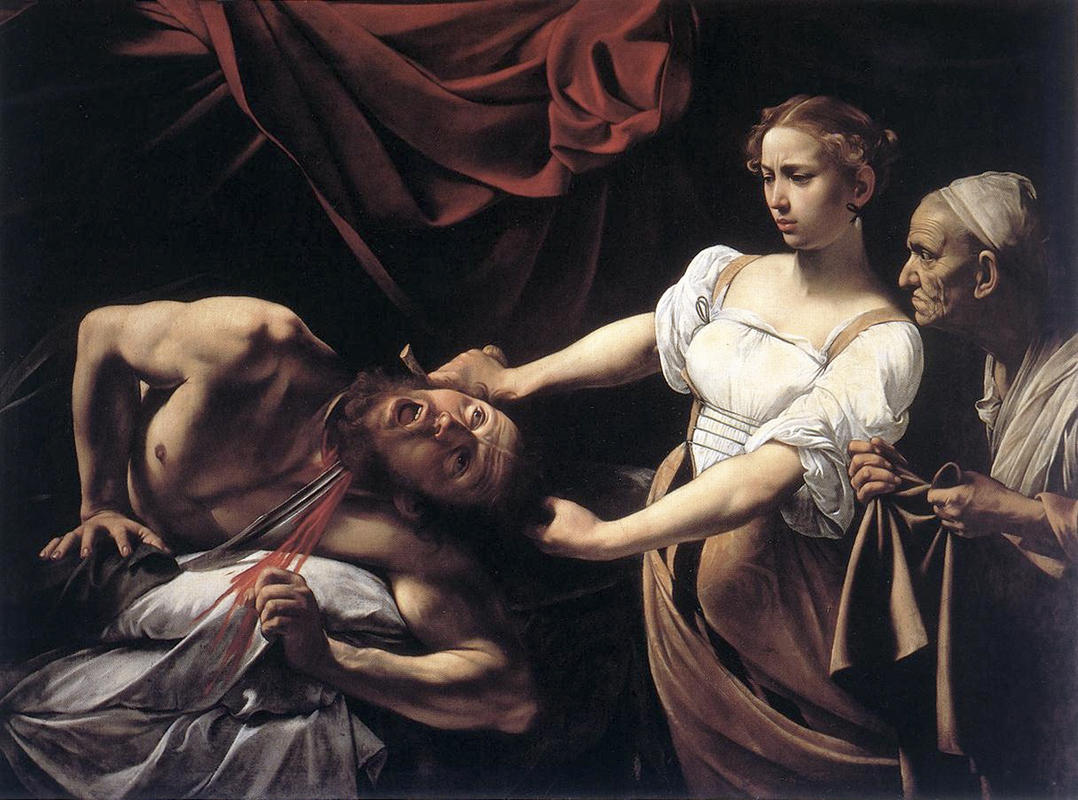
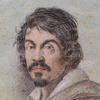


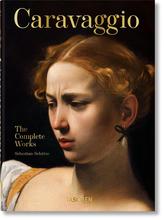
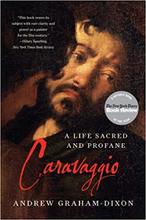













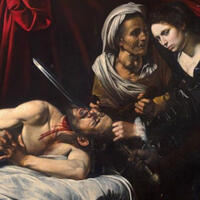

I love all of the Judith paintings ?